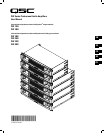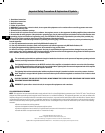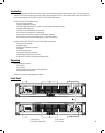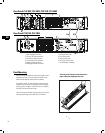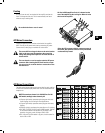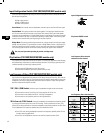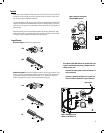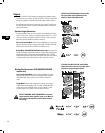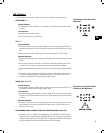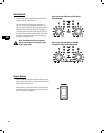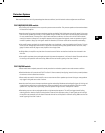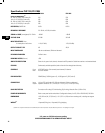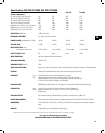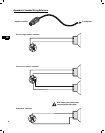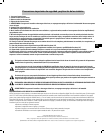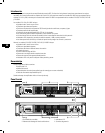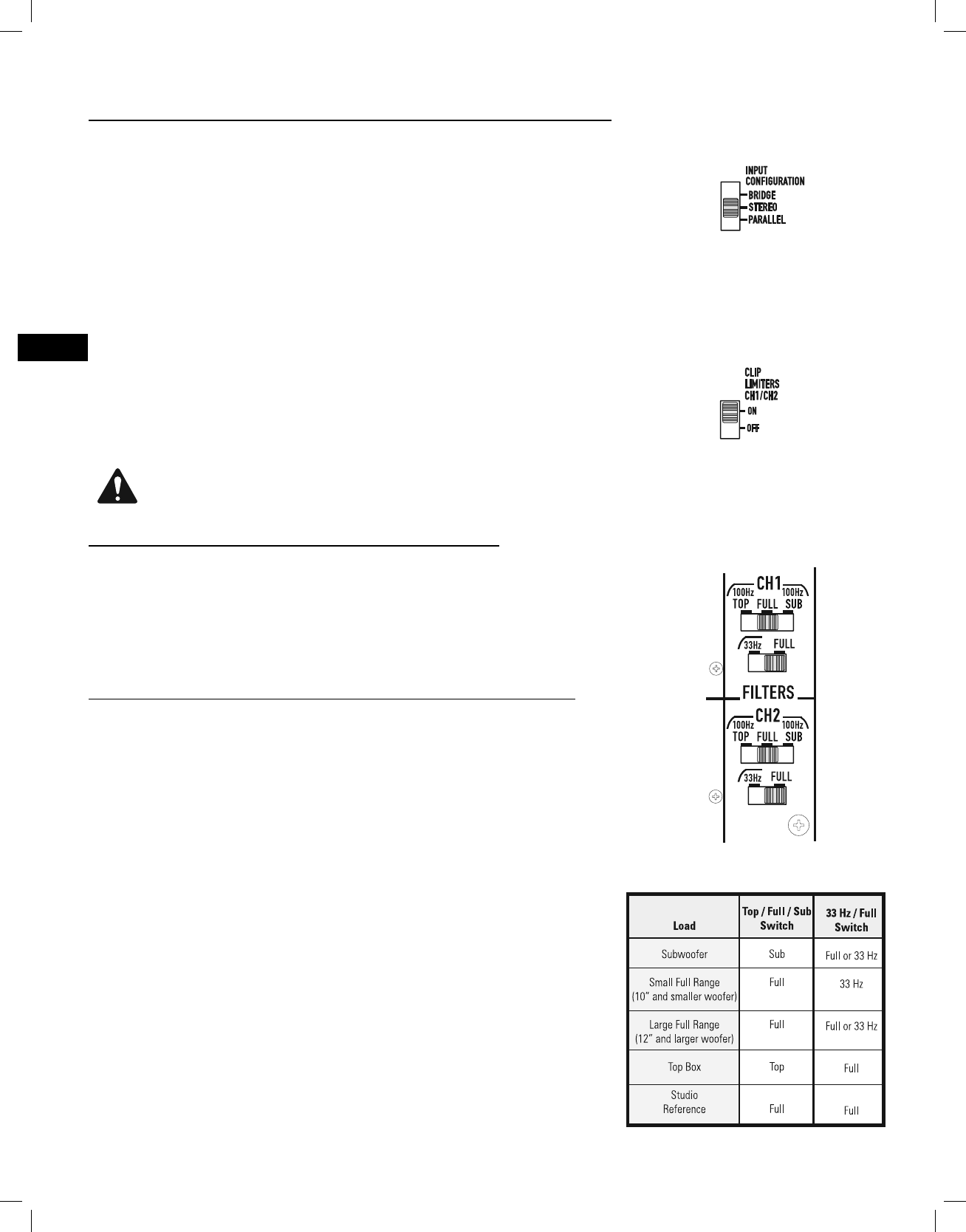
EN
6
Input Configuration Switch (PLX 1802/2502/3102/3602 models only)
Select the input configuration by sliding the switch to the position which corresponds with the
desired input configuration.
•Bridge- upper position
•Stereo- middle position
•Parallel- lower position
Stereo Mode: Each channel remains independent, and each may be used for a different signal.
Parallel Mode: This setting connects both inputs together. One input signal feeds both chan-
nels. Do not connect different sources to each input. Each channel's Gain control and speaker
connection remain independent. In Parallel Mode, Channel 1 and Channel 2’s inputs are internally
connected in parallel. Use only one input when operating in Parallel Mode. The remaining input
connector can be used for daisy-chaining the signal to other amplifiers.
Bridge Mode: This setting combines both channels into a single channel with twice the output
voltage. Use only Channel 1’s input and Gain control. In Bridge Mode, Channel 1 and Channel 2’s
inputs are internally connected in parallel. Use only one input when operating in Bridge Mode.
The remaining input connector can be used for daisy-chaining the signal to other amplifiers.
Use only one input when operating in parallel or bridge mode.
Clip Limiters (PLX 1802/2502/3102/3602 models only)
The amplifier has a clip limiter with an on-off switch. The limiter only responds to actual clipping,
and automatically compensates for load and voltage variations. Clip limiting is generally recom-
mended, especially to protect high frequency drivers.
•Set the switch UP (ON position) to use Clip Limiting.
•Set the switch DOWN (OFF position) to disable the clip limiter.
Low Frequency Filters (PLX 1802/2502/3102/3602 models only)
Each channel has independent filter selection of Full Range (infrasonic filter only), 33 Hz low cut,
100 Hz low cut, or 100 Hz High Cut. This allows tailoring the amplifier performance to that of the
loudspeakers, offering the best possible performance from the system. Proper filtering reduces
distortion and prevents amplifier overload.
TOP / FULL / SUB Switch: Select the type of loudspeaker being driven by each channel.
•Set the switch to the left for driving “top” boxes; applies 100 Hz low cut
•Set the switch to the middle position for “full range” loudspeakers.
•Set the switch to the rightmost position for driving subwoofers.
33 Hz (low cut) / FULL Switch: Unless the loudspeaker has extended low frequency capabil-
ity, we recommend setting the filter to the 33 Hz setting. The filter should only be set to FULL
(turned off) for driving subwoofers. Check the loudspeaker’s specifications and use the 33 Hz filter
if the loudspeaker’s low frequency capability does not extend below 33 Hz.
•Set to FULL when driving loudspeakers that have low frequency capability below 33 Hz or
in studio monitoring applications.
•Set to 33 Hz for loudspeakers which are not rated for frequencies below 33 Hz.
Input Configuration selector switch
Clip Limiter ON/OFF switch
Low Frequency filter selection
switches for each channel
Low Frequency filter selection table



